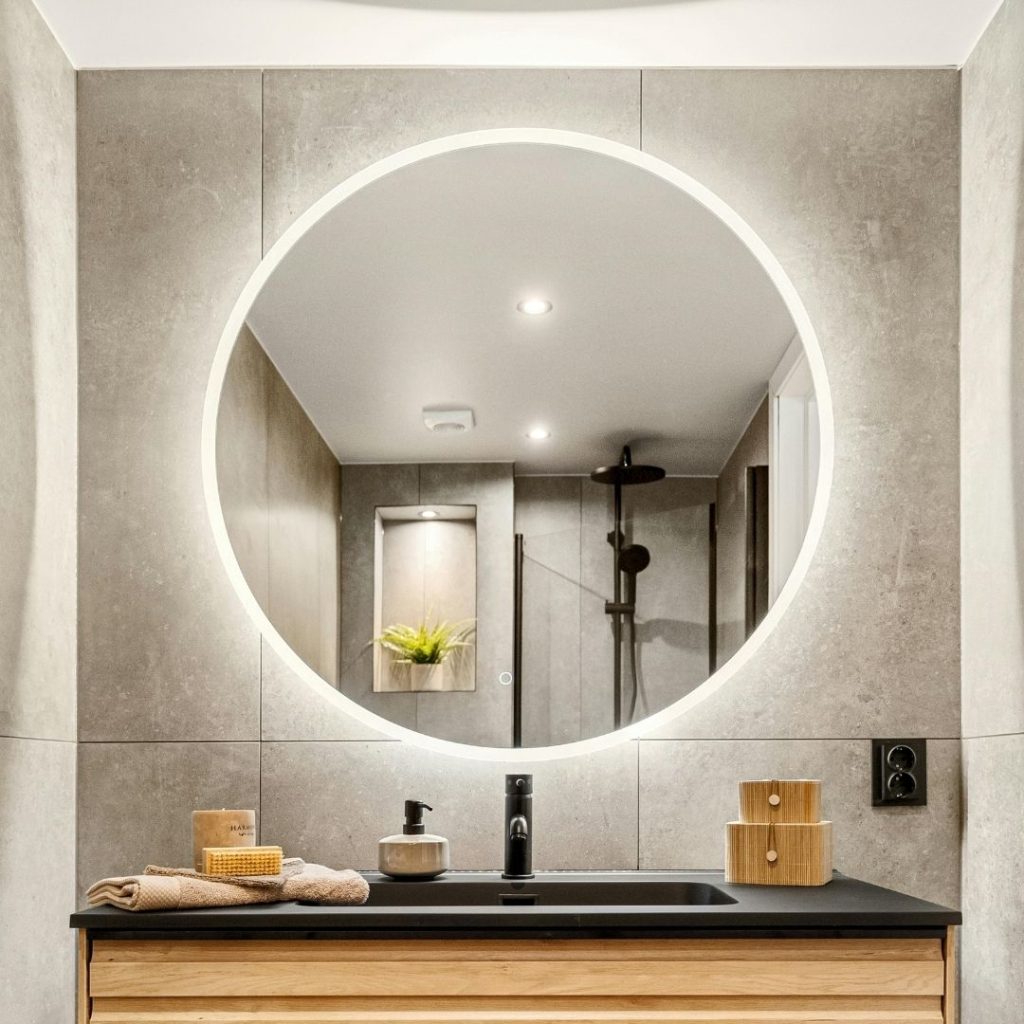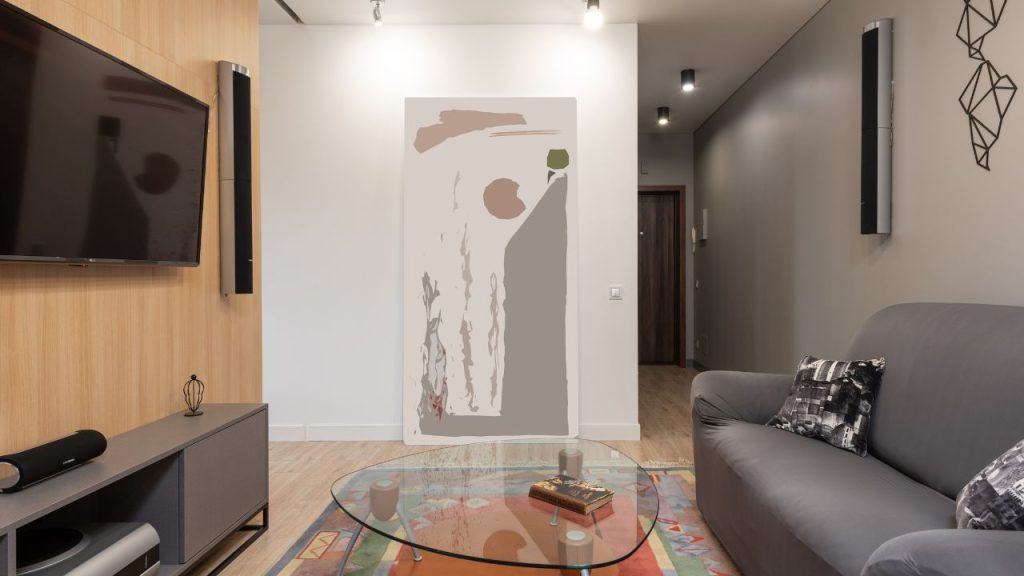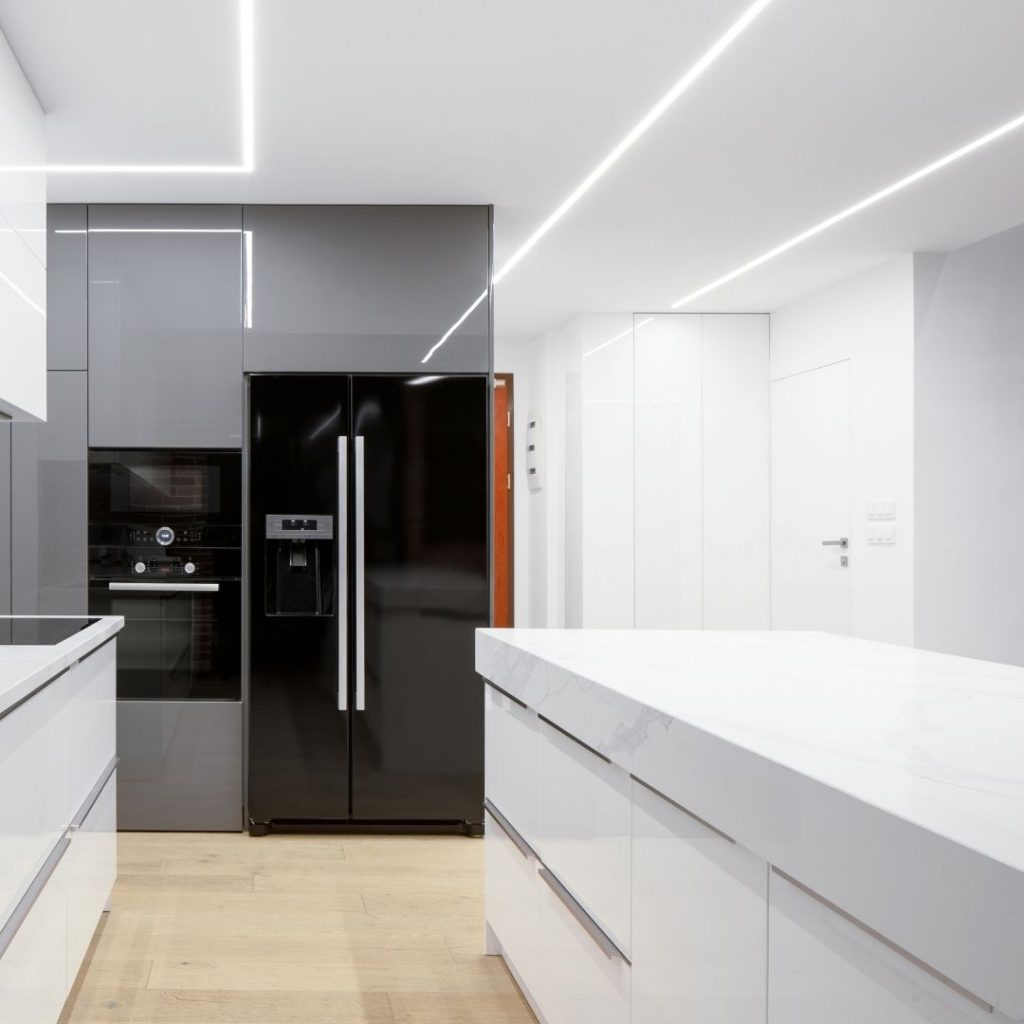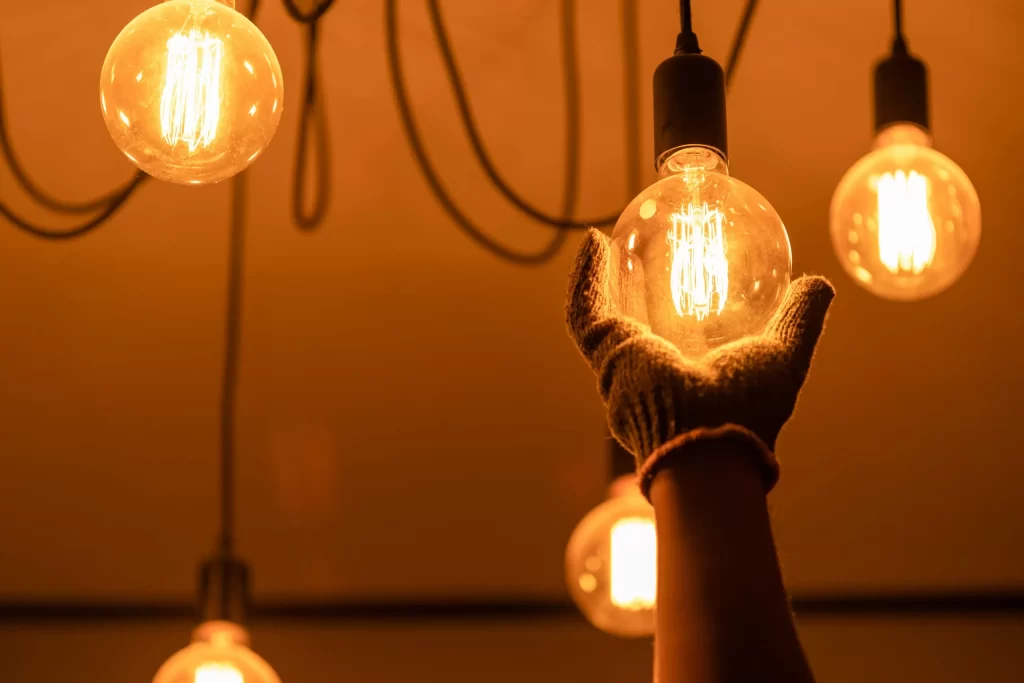Explore the Common Causes of LED Light Failures
There are several factors that can lead to LED lights experiencing malfunctions, including problems with the driver (power supply), loose wiring connections, the use of incompatible dimmer switches, or even defects with the LED module itself.
In Australia, it's crucial to hire a licensed electrician to inspect any mains-voltage connections. This ensures compliance with local regulations and safety standards, ultimately protecting your home and your investment in quality lighting solutions.

Identify Common LED Lighting Issues and Implement Effective Fixes
While LEDs are celebrated for their energy efficiency and long-lasting performance, there are instances when they may not function as intended. Often, the issue lies not with the LED itself but with associated components or mistakes made during installation.
In the following sections, we will take a closer look at typical problems encountered with LED lighting systems and provide actionable solutions. Additionally, we will highlight when it becomes necessary to seek the assistance of a local electrician in Melbourne’s outer eastern suburbs for expert guidance.
1. Assess the Power Supply and Driver for Potential Malfunctions
A significant number of LED lights rely on a driver (or transformer) to convert mains voltage (230–240 V) into the low-voltage output required for LED modules to function effectively. If this driver malfunctions, the LED may either fail to illuminate entirely or flicker inconsistently.
Steps for Troubleshooting:
- Ensure that the switch or automatic circuit breaker is in the “on” position.
- If the LED is visible, look for signs of driver burnout or any physical damage to the unit.
- Consider whether there have been any recent changes to your lighting system, such as the installation of dimmers or extending the run length of strip lighting beyond the driver’s capacity.
- In Australia, verify that all components comply with lighting product standards like AS/NZS 62560, especially for mains voltage LED lamps, and have a licensed electrician handle any direct mains wiring.
When to Seek Professional Assistance:
If you discover that the driver is defective or wiring has been modified without expert help, it is important to consult a licensed electrician to resolve the issue. Connecting LED modules directly to mains power without the necessary driver or proper safety measures is not only non-compliant with regulations, but also poses serious safety risks.
2. Inspect for Loose or Poor Electrical Connections
A common reason for LED lights not working as they should is compromised electrical connections. This issue may arise from loose terminal blocks, damaged wire ends, or deteriorated connections within walls or junction boxes, all of which can obstruct the flow of electricity and lead to malfunctions.
What to Inspect:
- Always disconnect the power at the switchboard before conducting any inspections.
- Check terminal blocks for tightness and look for any visible signs of overheating, such as brown marks or melted plastic.
- Inspect any connectors found in strip lights, downlights, or under-cabinet lighting systems.
- Ensure that ceiling roses or junction boxes have not been modified without maintaining proper connections.
Why This Matters:
Loose connections can increase electrical resistance, generate excessive heat, and lead to premature failures of the LEDs, which could potentially create a fire hazard. According to the wiring rules (AS/NZS 3000:2018), all electrical terminations must be secured to ensure safety and regulatory compliance.

3. Ensure Your Dimmer or Control System is Compatible with LED Technology
If your LED lights are flickering, buzzing, or completely off when connected to a dimmer circuit, it is highly likely that the dimmer is incompatible with LED loads. Many older dimmers were designed for incandescent or halogen bulbs and cannot handle the lower wattage draw of LEDs.
Recommended Actions:
- Consider replacing the dimmer with one that is specifically rated for LED lighting.
- If using smart lighting systems, ensure compatibility between the driver and control device.
- For strip lighting applications, verify that the controller or remote is capable of managing the correct voltage and current requirements.
Pro Tip: If the light completely shuts off when the dimmer is set to full brightness, this is a strong indication that the dimmer is not suitable for that particular LED load.

4. Evaluate the Length of Your LED Strip Runs and Address Any Heat Issues
While LED strip lights provide a flexible lighting solution, they do have specific limitations. Utilizing strips that are too long can result in voltage drops, causing the modules at the far end to fail, or the adhesive backing may detach in hot or humid conditions.
What to Verify:
- Ensure that strip runs do not exceed the maximum length recommended by the manufacturer.
- In outdoor or moisture-sensitive areas, use appropriately rated IP-rated strips and drivers for enhanced safety.
- Check that heat is not being trapped behind the strips; recessed or enclosed channels must allow for adequate cooling.
- Inspect the adhesive mounts for cleanliness; if the strips have fallen, their connections may have been compromised.
Importance in Australia: Lighting product regulations require that fixtures and strips be properly certified and installed by qualified professionals when integrated into mains circuits, ensuring compliance with safety standards and regulations.
5. Investigate Potential Failures in Your LED Modules or Chips
In rare instances, the LED modules themselves may fail, particularly if they have been subjected to overheating, over-current situations, or improper installation practices.
If one section of modules is dark while others are functioning normally, and you have ruled out issues with the power supply and connections, it may be necessary to replace the affected modules.
- If the system is still under warranty, ensure that replacement modules or strips are installed according to the original specifications.
- When replacing, be certain that the new modules align with the original specifications for voltage, color temperature, and current requirements.
- If the replacement necessitates alterations to wiring or switching drivers, a licensed electrician should perform the work to ensure compliance and safety.

6. Utilize Smart Technologies to Prevent Future LED Lighting Issues
Implementing proactive maintenance strategies can significantly reduce the likelihood of LED failures and enhance their operational lifespan. Here are some best practices to consider:
- Always choose LED strips and fixtures that carry the RCM (Regulatory Compliance Mark) and comply with Australian standards.
For further information, refer to resources provided by the Australian Lighting Council. - Ensure that your electrician verifies that drivers and dimmers are appropriately rated for LED loads to avoid any compatibility challenges.
- Maintain effective cooling and ventilation behind downlights or strips to prevent overheating.
- Avoid connecting different batches of LED strips in series, as voltage mismatches can lead to system failures.
- Schedule an electrical inspection every 3 to 5 years, especially for integrated lighting circuits, to ensure ongoing safety and compliance.
When Is It Essential to Contact a Licensed Electrician?
If you encounter any of the following problems, stop using the circuit immediately and reach out to a qualified electrician:
- Warm or hot light fittings or driver units
- Discolored or charred wiring insulation or terminal blocks
- Lights that go completely dark after a DIY repair
- Multiple lights on a circuit failing in rapid succession
In Victoria and across Australia, any mains-voltage lighting installations, wiring modifications, or fault-finding must be conducted by a licensed electrician, adhering to the standards established by AS/NZS 3000:2018 and state licensing requirements. Attempting DIY repairs may void product warranties, insurance coverage, and could infringe upon legal regulations.
Crucial Tips for Maintaining Your LED Lighting System
LED lighting offers unparalleled efficiency, durability, and design versatility, but these advantages are only fully realized when systems are correctly installed and maintained.
If your LED lights are malfunctioning or flickering, the root cause often involves the driver, wiring connections, dimmer compatibility, or load issues, rather than the LED unit itself.
For homeowners in Melbourne’s outer eastern suburbs, the most effective strategy is to consult a licensed electrician who is well-versed in local regulations and lighting standards. While resolving the light issue may seem straightforward, ensuring long-term reliability and safety is where the true value lies.
The Article: Fix LED Lights Not Working: Essential Tips for Homeowners first appeared on https://writebuff.com
The Article LED Lights Not Working? Essential Tips for Homeowners Was Found On https://limitsofstrategy.com



No responses yet